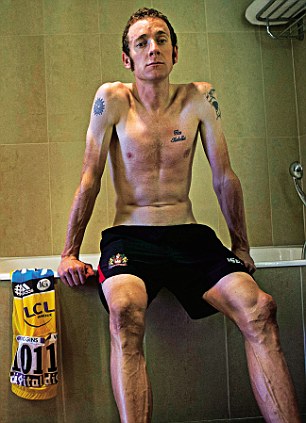- Apr 17, 2013
- 6,496
- 433
- 18,580
Re:
Fixed this for you. Wiggins was down to 71.8 kg when he won Le Tour. The number you used were after he started gaining.CheckMyPecs said:As a rationalist, I think it's important to keep facts and figures in mind. Here are the BMIs of a few noted GT men:
*Bradley Wiggins: 19.8
*Chris Horner: 21.6
*Nairo Quintana: 21
*Steven Kruiswijk: 20.8
*Rafał Majka: 20.7
*Esteban Chaves: 20.1
*Alberto Contador: 20
*Joaquim Rodríguez: 20
*Vincenzo Nibali: 19.8
*Fabio Aru: 19.7
*Chris Froome: 19.5
*Domenico Pozzovivo: 19.5
*Alejandro Valverde: 19.5
*Thibaut Pinot: 19.4






